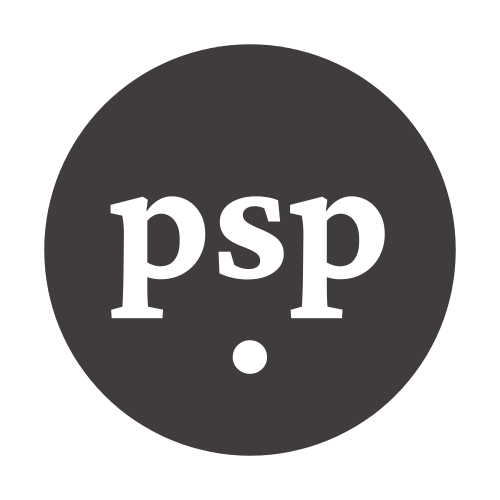The Fluidity of Poetry: Mixing With Other Art Forms
Ashkan Forouzani
The problem of poetry is often that the poet’s voice is muted by the pen, by live music and performance art. We cannot see our delicate words amidst the violent and brave colors of a painting; We are screaming, yet no one can hear us over the guitar; We are standing stark naked before our listener, yet their eye is on the dancer performing their twirls. The poet, feeling thwarted, may hide behind their pen, hiding their soul between pages.
Poets know that writing a poem brings natural feelings of ecstasy, the sensation of twisting powerful and spontaneous emotion into beautiful words a pleasure in itself. We think and write and read and edit and share, we are constantly thinking of our craft and our craft thinking of us.
The poetic mind is in the way you see the world, poetry the way you keep your eyes wide open and your heart clear; The poem, with the curves of our black ink on the pages thrills and intoxicates us.
Poetry, like a flame, needs oxygen to burn bigger and brighter. You use your breath to fuel, your power and artistry to bring your words to life- as vivid as a picture, as loud as a song, as sensual as dance. The mission of art is to offer pleasure and beauty to the receiver, to exist purely as enjoyment and to excite the mind and senses. Own your grand, unique vision. Make love to your poems and perfect them. Set them free.
How do you transcend from writing poems to writing lyrics? You find an instrument or you find someone that can play one, and you release everything that has been hiding, stagnant on paper, into the air to seep into song. Feel and touch your alluring, captivating language.
Let the words roll off your lips with a slow blues song in the back, like red wine dripping down your throat. You move from speaking, to rapping, to singing to slow, sensuous word play, and you know in your bones when you’ve found your tune.
Maud Correa
Jim Morrison was writing poems and sharpening his tongue when music found him. Morrison was as much as a poet as he was musician, if not more so; he attracted musicians that jammed with his words. The Doors would not have existed without the poetry of Jim Morrison; Like Bob Dylan, like Patti Smith, and so on.
How do you infuse words into colors, shapes, images, textures, gradients? You study a painting and translate it into your tongue, linking your pen to your eyes and revealing what the painter would say if he could speak through his brush.
Or, you find an artist who will paint as you read, translating it into their own tongue. You weave your words into the bare spaces of the painting- You make a booklet with a picture on one page and a poem on the next- You nail your magnificent poem on the wall next to a painting in a gallery, telling unending stories that weave into each other.
How do you bring a poem to the stage? You shift from artist to performer. Don’t be fooled, they are one and the same. You tap into the space you were in when you wrote the poem, become one with your art, get on the microphone and share your visions with the audience.
Dress so you feel beautiful, feel radiant, feel like you. Perhaps you find yourself singing and moving around the stage. Let the world know how important your voice is, what’s lingering deep inside your belly. The world needs poetry, is hungry for it. Perform, and feed them your truth.
Daniella Wurmbrand
Poetry, with its mysterious form and power, is no static art form, not tied to the page, not a prisoner of ink and paper.
Poetry may transcend its form and merge with other art forms. It is a dance of the senses between sight, sound, touch. It blazes with truth and delights the audience.
Next time you meet an artist of any kind, whose work you connect with, consider asking them for a coffee, and get to know their life and work more deeply.
Learn to collaborate and work with other artists. Remain open to ways you can grow in your craft, and continue forging new pathways in your art. The universe favors the bold, and all great art is born again and again, through new lenses, shapes, and forms.



